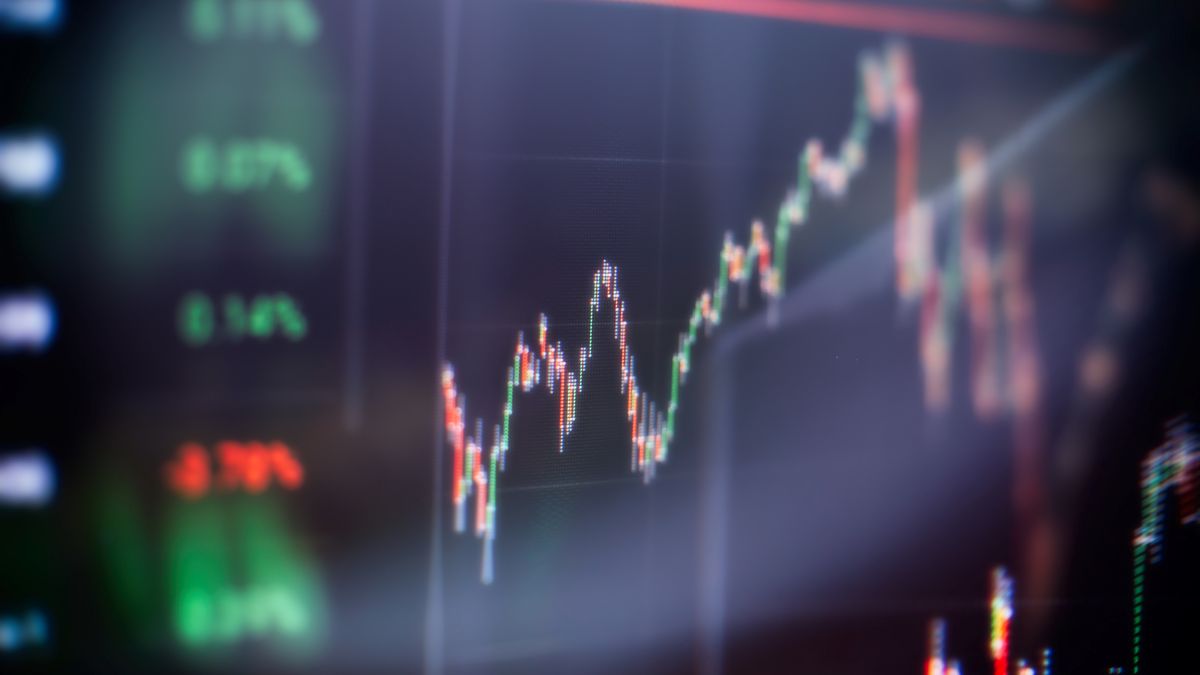For his part, the S&P 500 index is down about 2% after the rise of 6% in January and the stock markets weakened in general in all geographical areas. In short, there remains a lot of uncertainty about the future trajectory of the global economy and rates.
What could happen in March with the stock markets
If the data continues to hold, the selling current due to expectations of further monetary tightening could continue. But whether signs of slowing inflation and growth are strong enough as if to cause a pause, asset prices could rise again.
In a potentially bearish sign for stocks, where valuations are propped up by bond yields, the MOVE index, which measures volatility expected in the Treasury market of 24 trillion dollars, it rose more than 20% in February, its biggest monthly jump since June 2022.
Investors had hoped in January that an economic slowdown would encourage rate-setters to pause after a series of aggressive hikes to curb inflation. However, strong data since then challenged that view.
Data released Friday showing that a key indicator of US inflation had accelerated last month, stoking bets on a rate hike. Some economists believe that the Federal Reserve could even opt for a strong 50 basis point increase in Marchafter rising 25 basis points this month.
“Investors have realized that central banks are telling us that inflation will return to target later than they would like and that means rates will be higher for longer,” said Guy Miller, Zurich chief market strategist. Insurance Group.
What happened in February and which are the most affected sectors
Stocks continue to rise slightly on the year, but were held back by the return of fears of a rate hike. MSCI’s broad index of emerging market stocks plunged 6.3% this month, after rising almost 8% in January.
Growth stocks tracked by an MSCI index made up mostly of technology companies, which do well when rates are low, fell 1.7% in February. MSCI’s measure of value stocks fell 2.4%.
Meanwhile, European data reinforced the sentiment that growth is holding up, with a key indicator of euro zone business activity at a nine-month high.
As a result, investors are reexamining their soft landing scenario and they fear that central banks will tighten monetary conditions too much in response to good data, triggering a deep recession.
Markets expect Fed rates to peak at 5.4% this year, after quickly unwinding bets on rate cuts late in the year. The official Fed rate is between 4.50 and 4.75%, the highest since 2007.
Traders expect the European Central Bank to hike rates another 150 basis points by the end of the year, after learning on Tuesday that French inflation rose unexpectedly in February. The ECB has raised its official rate by 300 basis points since July, to 2.5%.
The dollar index, which compares the greenback against a basket of six major currencies, gained 2.6% in February, marking its best month since September thanks to renewed bets on US rate hikes.
Meanwhile, the yield of many bonds remains negative in the year. German notes have lost 0.52% since the start of 2023 and British gilts, 0.82%. US Treasuries are also in the red, down 0.28%, a 7-10-year index shows.
“If the upcoming data weakens, markets could resume their bullish trend,” according to Yardeni Research.
And he expanded: “But if, instead, the March data confirms the worst-case inflationary scenario without a landing, the ensuing March madness could send the 10-year Treasury yield above its most recent high of 4, 25% on Oct. 24, with the S&P 500 falling toward its Oct. 12 bear market low of 3,577.03.”
Source: Ambito
I am a 24-year-old writer and journalist who has been working in the news industry for the past two years. I write primarily about market news, so if you’re looking for insights into what’s going on in the stock market or economic indicators, you’ve come to the right place. I also dabble in writing articles on lifestyle trends and pop culture news.




